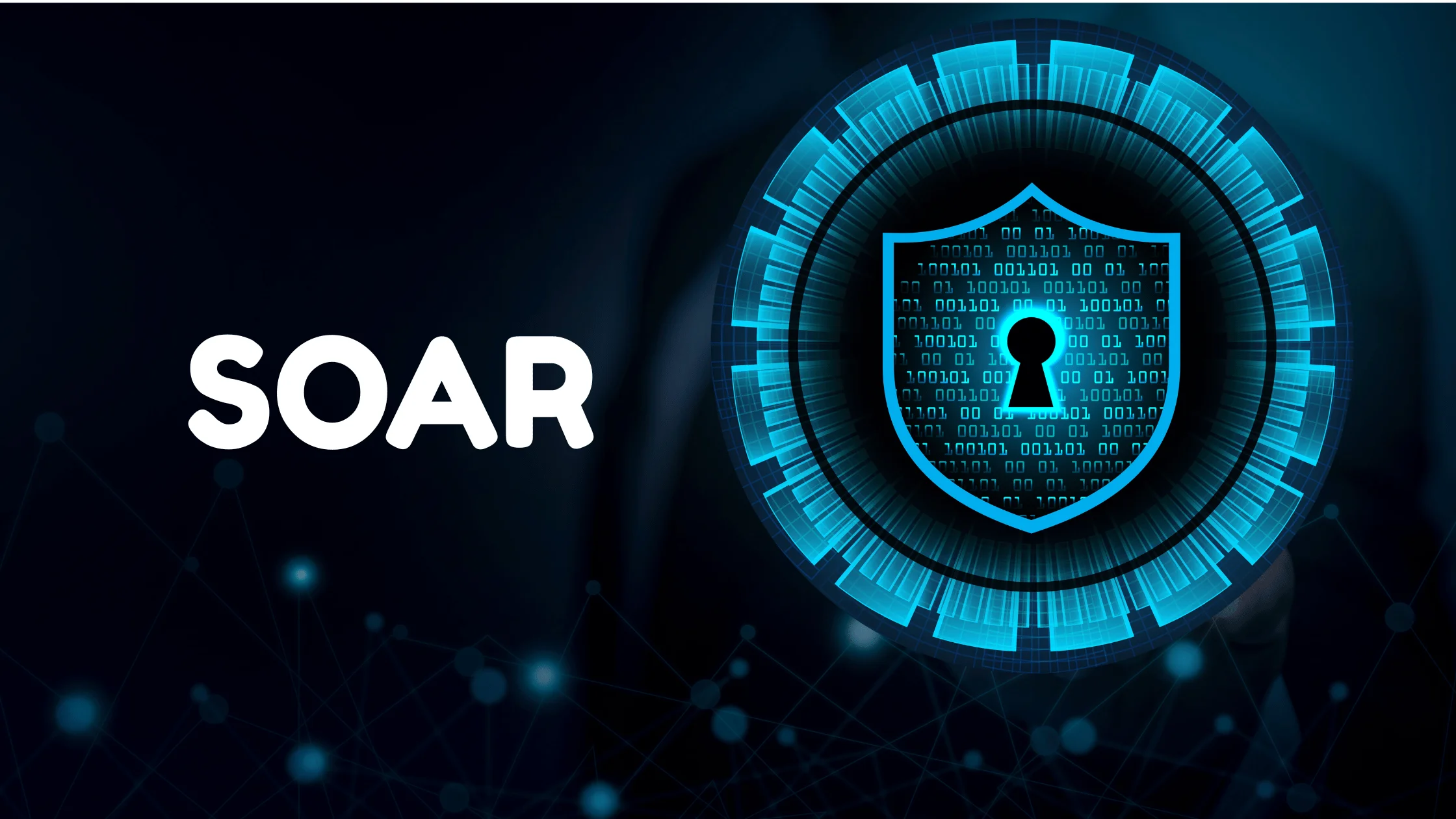How SOAR Solutions Are Revolutionizing Incident Response in Cybersecurity
Published: 23 Jun 2025
In today’s hyperconnected digital landscape, cyber threats are not just increasing in volume; they’re evolving in complexity.

Traditional incident response (IR) methods, often manual and fragmented, are no longer sufficient to counter modern attacks.
Enter SOAR Security Orchestration, Automation, and Response, a transformative approach that is redefining how organizations detect, analyze, and neutralize cyber threats.
The Problem with Traditional Incident Response
Before diving into the solution, it’s important to understand the limitations of conventional IR frameworks:
- Alert Fatigue: Security teams are overwhelmed by thousands of daily alerts, many of which are false positives.
- Siloed Tools: Disparate security tools often don’t communicate, leading to fragmented visibility.
- Manual Processes: Time-consuming tasks like log analysis, threat hunting, and reporting delay response times.
- Resource Constraints: Skilled cybersecurity professionals are in short supply, making it difficult to scale response efforts.
These challenges create a reactive posture organizations respond to threats after damage has already begun.
What Is SOAR?
SOAR is a category of security solutions that integrates threat intelligence, automation, and orchestration to streamline and accelerate incident response. It acts as a centralized platform that connects various security tools, automates repetitive tasks, and enables coordinated responses across teams.
Core Components of SOAR:
- Security Orchestration: Connects disparate tools (SIEMs, firewalls, EDRs, etc.) into a unified workflow.
- Automation: Executes predefined playbooks to handle routine tasks like IP blocking, user isolation, or log enrichment.
- Incident Management: Provides case management, documentation, and collaboration features.
- Threat Intelligence Integration: Enriches alerts with contextual data to improve decision-making.
How SOAR Revolutionizes Incident Response
1. Automated Triage and Prioritization
SOAR platforms use machine learning and rule-based logic to automatically assess the severity of alerts. This reduces noise and ensures that analysts focus on high-priority threats.
Example: A phishing email triggers an alert. SOAR automatically checks the sender’s domain reputation, scans the attachment in a sandbox, and correlates it with threat intel feeds within seconds.
2. Faster Containment and Remediation
Once a threat is validated, SOAR can initiate containment actions like disabling user accounts, isolating endpoints, or blocking IPs, without human intervention.
> This reduces Mean Time to Respond (MTTR) from hours to minutes.
3. Cross-Team Collaboration
SOAR platforms provide a shared workspace where security analysts, IT, and compliance teams can collaborate in real time. This eliminates communication gaps and accelerates resolution.
4. Continuous Learning and Feedback Loops
Advanced SOAR systems learn from past incidents. They refine playbooks based on outcomes, improving accuracy and efficiency over time.
5. Regulatory Compliance and Reporting
Automated documentation ensures that every step of the incident response is logged. This simplifies audits and helps meet compliance requirements like GDPR, HIPAA, and ISO 27001.
Real-World Applications
Financial Sector
A bank facing daily phishing attempts uses SOAR to automate email analysis and user notification. Result: 70% reduction in analyst workload and faster threat neutralization.
Healthcare
A hospital integrates SOAR with its EHR system. When ransomware is detected, SOAR isolates affected machines and alerts IT and legal teams instantly, protecting patient data.
Retail
A global retailer uses SOAR to correlate POS system logs with threat intel. Suspicious activity triggers automated fraud detection workflows, preventing data exfiltration.
Challenges and Considerations
While SOAR offers immense benefits, implementation requires careful planning:
- Integration Complexity: Ensuring compatibility with existing tools is critical.
- Playbook Design: Poorly designed automation can lead to false positives or unintended actions.
- Skill Gap: Teams must be trained to manage and fine-tune SOAR systems effectively.
The Future of Incident Response
SOAR is not a silver bullet, but it’s a powerful force multiplier. As AI and machine learning mature, we can expect:
- Predictive Response: Anticipating threats before they materialize.
- Adaptive Playbooks: Dynamic workflows that evolve based on threat context.
- Deeper AI Integration: Enhanced anomaly detection and behavioral analysis.
Final Thoughts
SOAR solutions are not just enhancing incident response, they’re redefining it. By automating the mundane, orchestrating the complex, and empowering human analysts, SOAR enables organizations to move from reactive defense to proactive resilience.
For cybersecurity professionals like you, Ali, who are exploring the intersection of AI, automation, and hands-on defense strategies, SOAR represents a compelling frontier. It’s not just about faster response, it’s about smarter, scalable, and strategic security.

- Be Respectful
- Stay Relevant
- Stay Positive
- True Feedback
- Encourage Discussion
- Avoid Spamming
- No Fake News
- Don't Copy-Paste
- No Personal Attacks

- Be Respectful
- Stay Relevant
- Stay Positive
- True Feedback
- Encourage Discussion
- Avoid Spamming
- No Fake News
- Don't Copy-Paste
- No Personal Attacks





